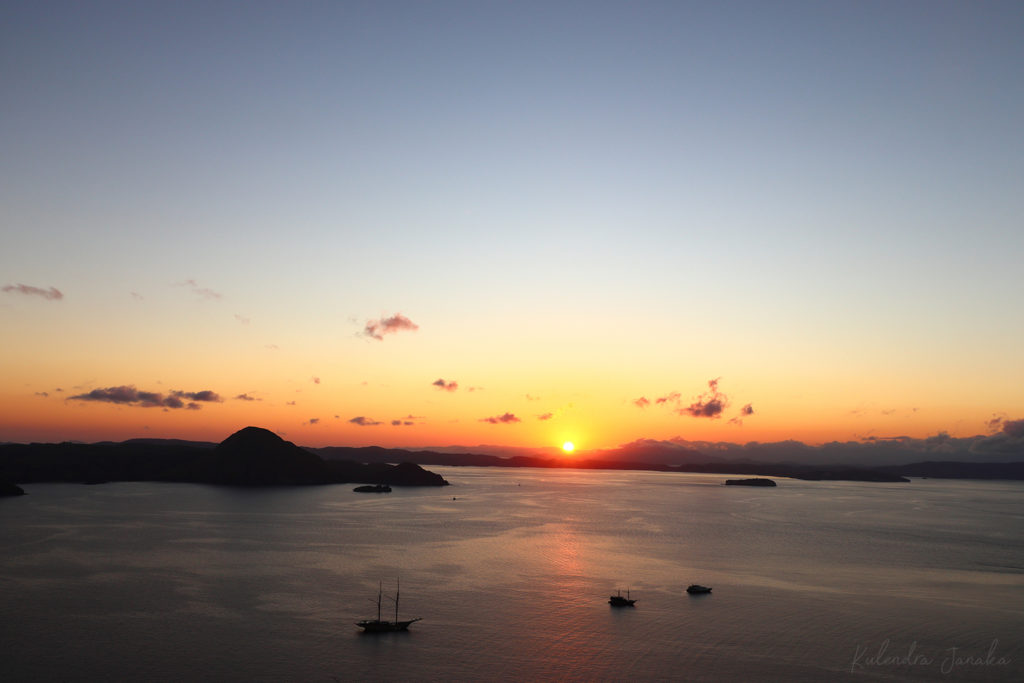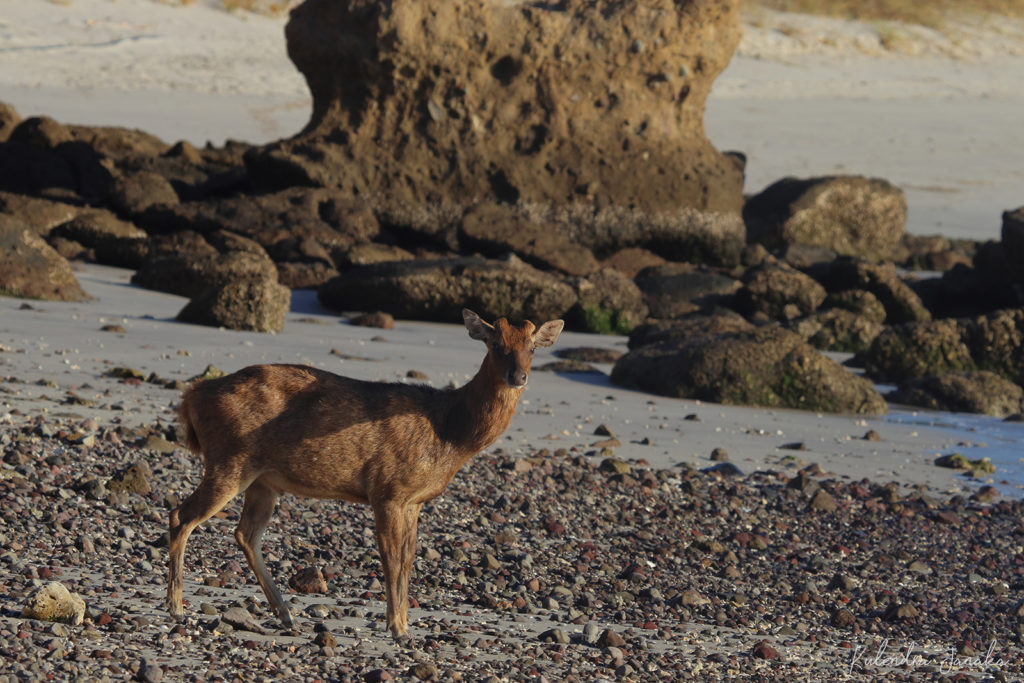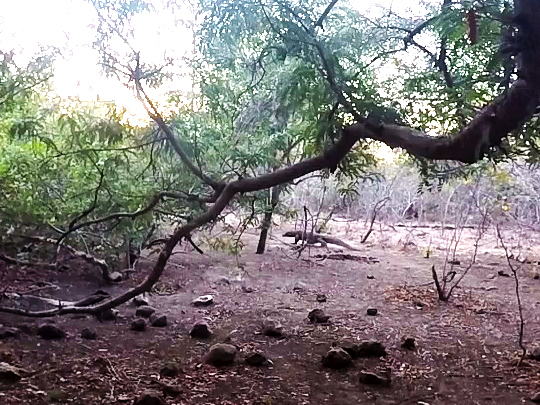Indonesia – Part 8: Padar, Komodo and Rinca
Sleeping in a ship anchored in a bay is one of the most magical experiences you can have. If you choose to do a 2D1N boat tour from Labuanbajo, this is what you will get as well. The only downside is that you’d be waking up around 4:30 in the morning to start trekking up a mountain.
Padar Island
Padar island consists of several bays that act as natural harbours. Being a volcanic island, the landscape of Padar island is quite jagged and extreme. The tallest point of the island is over 220m high and is only about 350m from the shoreline. The trek however takes a bit of a longer and a comfortable path that takes nearly 2km to ascend. If you were on an overnight boat to Padar, then your boat would’ve likely anchored at one of the bays in the island and would have started the trek somewhere early on in the day.
If you are a photography enthusiast, there are many viewpoints in Padar to capture its picturesque scenario. Your biggest problem might be to figure out a viewpoint that is not obstructed by dozens of other tourists who are trying to get that perfect selfie with the perfect background. The biggest hazard however, might be crossing from the boat you are staying to the beach. While there is a pier at the beach, many boats decide to transfer their passengers via smaller boats to the beach. If there are heavy waves, these boats could topple over. While the water is quite shallow, a capsizing boat would mean that your electronics are ruined forever.
Padar island is dry and consist of shrub-like ecology. Given the distance to the other islands and lack of fruit bearing trees, I wasn’t surprised that it didn’t have any large fauna. I had read earlier that Padar was once home to Komodo Dragons as well, but given the lack of food sources, I don’t think that any of them live here anymore. On the way down from the trek, we managed to spot a pair of Zebra Finches (Taeniopygia guttata) and a Horsfield’s Lark (Mirafra javanica). I couldn’t help but wonder if Darwin visited the Indonesian archipelago instead of the Galapagos, would he still have made his publication “On the Origin of Species”. The seminal discovery for Darwin was to identify that the finches in Galapagos Islands had developed different beak types to fit into various niches in their ecology. In fact around the time of Darwin, Alfred Russel Wallace who had done some extensive travelling in the Malayan archipelago also developed ideas of natural selection. One of his famous discoveries relate to the diversity of the Wallace Line where two sides of the archipelago with a narrow 35km strait have a vastly diverse origin of species.
Pink Beach
One of the stops on our journey after leaving Padar Island was the Pink Beach. Pink Beach is a beach in the Komodo Island and has gone up in popularity due to photographs circulated in social media. In reality the pink-ness of the pink beach is very low. Unless you turn up the saturation in your photo, you are unlikely to note that it is even pink!
The Pink Beach also has some coral reefs near the shore. I was however having a bit of a depressing day and wasn’t ready to explore them. The ones who did however claim that the corals were in a much better shape than at Kanawa.
One thing you need to note however is that the Pink Beach can get very crowded. You are unlikely to get the peace and tranquility you see in the photos.
Watching the Komodos
Growing to 3m (10ft), the Komod Dragon (Varanus komodoensis) is the world’s largest lizard. If you are like me, you would probably be wondering about Salties (Crocodylus porosus) or the Nile Crocodiles (Crocodylus niloticus). As it turns out Crocodiles and Lizards are only distantly related and are two separate Orders altogether with the crocodiles being closer to Birds and… Dinosaurs. Last part of my visit to the eastern side of Indonesia (or rather the middle-east), was dedicated to checking them out.
For the longest time, bite of the Komodos were thought to be causing death of their prey by sepsis due to a large number of toxic bacteria in their mouth. Some researchers seem to have disputed this stating that they may also have their own venom which causes death to their prey.
Our penultimate stop was the island of Komodo, the entirety of which is a national park. While I thought that it would be a little difficult to see the Komodos, they seem to follow human settlements quite closely, feeding on the scrap and garbage; a problem in many cases where wildlife interacts with human settlements. There are few “standard packages” of treks which range from 2km to 10km. All treks within the park are required to be accompanied by an official guide. Our next stop was the Rinca island where apparently you have a better chance of viewing Komodos. Rinca too has a similar set of packaged tours that take you through several routes that run across the island.
Komodos lay about 20 eggs at a time and the incubation of them take about 8 months. When the baby Komodos are born, they spend a reasonable amount of time up in the trees because other Komodos and predators would try to kill them. Apparently they sometimes stay in trees till they grow to about 3-4 feet before they start moving to a ground dwelling lifestyle.
While some Komodos lay their eggs in a nest, they don’t build nests. They use nests built by a group of birds known as Megapodes. Megapodes build very large mounds for the size of their bodies to lay eggs. For example the Orange Footed Scrubfowl (Megapodius reinwardt) is only about 40-50cm long but build nest-mounds that are 9m in diameter and are up to 4m tall (that’s correct, a bird that’s only as tall as a human knee builds a nest more than two humans high). The Komodos would either predate on these birds or takeover discarded nests. Once a nest is acquired the female Komodos would fiercely guard them, driving away predators and other Komodos who are either trying to predate on the eggs (Komodos are cannibalistic) or take over the nest for themselves. Komodos mothers who are left with no nests built by the Megapodes eventually lay their eggs on smaller mounds they make by themselves.
In 2019, the Indonesian government planned to close down the Komodo National Park citing that the Komodo Dragon populations may need to stabilise and the tourist activity may be hindering that. Komodos are considered to be a species under the category of Vulnerable by the IUCN. However later on the same year they did a double take and a triple take on that; first stating that the Komodo populations are now stable and then the governor of the Eastern Nusa Tenggara region claiming that they should be charging around 500 USD upwards as the entry to the national park.
My feeling on the matter is mixed. They definitely do need their own space and thanks to their fearsome reputation as hunters and being able to kill by one bite, tourists generally keep quite far from them. However, the Komodo National Park did attract over 176,000 visitors for the year 2018 (for those who are back home in Sri Lanka, this still pales in comparison to what Yala National Park got in 2016, a staggering 650,000+ visitors). Having high entry costs and limiting the number of visitors has worked very well in places like Rwanda with regards to Gorillas. I would like to have a model where the humans still get to interact/view/learn about these creatures but still leave them space in their natural habitat.






